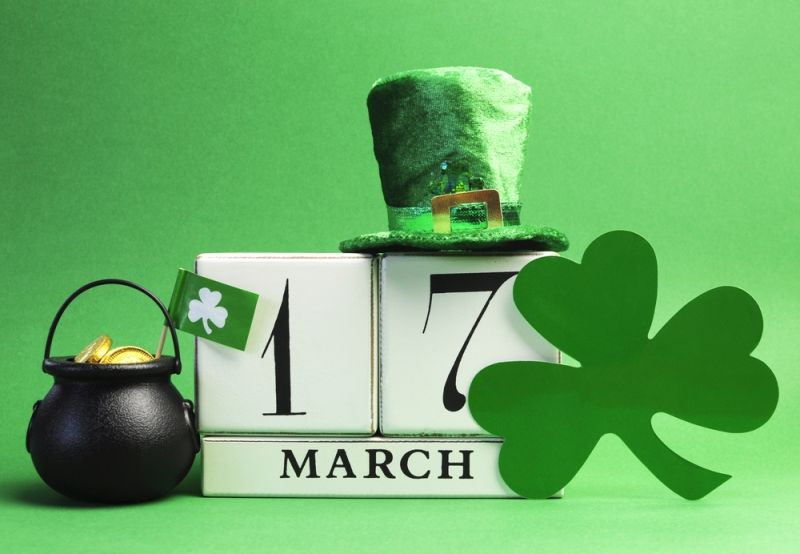St. Patrick’s Day
St. Patrick’s Day is a notable holiday celebrated on March 17 annually in honor of the patron saint St. Patrick. He is renowned for introducing Christianity to the people of Ireland, his homeland. Some of the religious legends that follow his legacy include his explanation of the Holy Trinity (The Father, the Son, and the Holy Spirit.) He justified this notion by using the three leaves of a native Irish clover, the shamrock. This eye-catching plant is seen on many vivid accessories and articles of clothing, which is one of the various ways to show the holiday spirit.
Despite the radiant emerald green hue of the plant, the original color associated with St. Patrick’s Day was blue. During the 16th century, prominent historical figure Henry VIII took the throne and constructed a coat of arms with the color blue. In addition, the shade of sky blue became known as “St Patrick’s Blue.” Diverting from the historical association with Ireland’s previous color, it changed to green because of its symbolism. During the 18th and 19th centuries, rebellion intensified with the growing division between Ireland’s people and British royalty, in which green became a symbol of the Irish’s identity and opposition.
The first origin of the celebration of this holiday was through feasts, which in particular emerged when Irish foreigners began immigrating to the United States. The poverty many suffered made it increasingly challenging to gain accessibility to delectable goods that mirrored their homeland’s integrity. Many cooking methods were adopted from other cultures, including brining, an Eastern-European technique. This is known as the process of “infusing proteins with salt, sugar, and other flavorings” The beef brisket was the cheapest source of protein available, typically “corned.” The term refers to the corn-sized salt crystals utilized during the brining process. Another inexpensive good was cabbage, which was often paired with corned beef. While corned beef and cabbage is not a traditional dish served in Ireland around St. Patrick’s Day, it is popular in the United States due to Irish immigration during the 19th and 20th centuries.
Besides culinary traditions, St. Patrick’s Day is also honored through parades and festivals. People can be seen wearing bright green articles of clothing or have shamrocks painted on their faces during these gatherings. In the United States, the parades held in New York are culturally significant and honor the holiday. The first parade commenced in 1762, where Irish ex-patriots and military members participated. Nowadays, the parade begins at 11:00 AM, and members of the parade march past St. Patrick’s cathedral.
St. Patrick’s Day is celebrated in honor of the notable religious figure St. Patrick. This holiday further emphasizes his accomplishments and highlights Ireland’s history. His contributions to religion and history have significantly affected society and continue to do so in the present. How do you celebrate St. Patrick’s Day?

